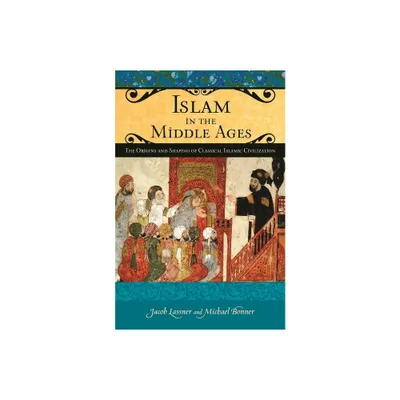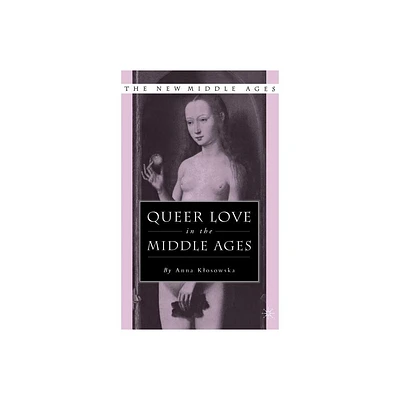Home
The Lordship of Ireland in the Middle Ages
Loading Inventory...
Barnes and Noble
The Lordship of Ireland in the Middle Ages
Current price: $41.95


Barnes and Noble
The Lordship of Ireland in the Middle Ages
Current price: $41.95
Loading Inventory...
Size: OS
*Product Information may vary - to confirm product availability, pricing, and additional information please contact Barnes and Noble
The Lordship of Ireland in the Middle Ages
presents a totally new approach to medieval Irish history. Thematic rather than narrative in its treatment, it succeeds in examining the feudal lordship of Ireland as a whole, and in tracing the origins of the conflict Gaelic and Anglo-Irish traditions which were to determine the whole pattern of Irish history in succeeding centuries.
In the opening chapters the author provides essential background information which sets the Anglo-Norman invasion, the grant of Ireland to Henry II and his son John's achievements as Lord of Ireland in perspective. The central section of the book covers the thirteenth century the high point in the history of the lordship. The increased stability and prosperity resulting from the newly adopted feudal system made Ireland a valuable asset to England; but the strin placed on the English exchequer by the French wards, and general apathy and lack of organisation on the part of the English king gradually set in motion a process of decline from which the lordship was never to recover. Relative peace gave way to lawlessness and an endless struggle for power among the most influential Gaelic and Anglo-Irish families: determined not to accept defeat and English domination, the Gaelic Irish fought relentlessly to preserve their culture, and the so-called 'Gaelic revival' was in fact a major factor in the collapse of the lordship. The final section of the book examines this collapse, stressing the Irish government's desperate lack of military and financial resources, and its failure to find any solution until the idea of controlling a limited area, the Pale, was put into practice in the fifteenth century. In the last chapter the author indicates the relevance of his subject to the present day by discussing the immense heritage of the middle ages.
The Lordship of Ireland
fills an obvious gap in studies on Irish history. Not only is it a coherent, comprehensive and up-to-date study of a fascinating and important period; it is at the same time refreshing and highly readable.
presents a totally new approach to medieval Irish history. Thematic rather than narrative in its treatment, it succeeds in examining the feudal lordship of Ireland as a whole, and in tracing the origins of the conflict Gaelic and Anglo-Irish traditions which were to determine the whole pattern of Irish history in succeeding centuries.
In the opening chapters the author provides essential background information which sets the Anglo-Norman invasion, the grant of Ireland to Henry II and his son John's achievements as Lord of Ireland in perspective. The central section of the book covers the thirteenth century the high point in the history of the lordship. The increased stability and prosperity resulting from the newly adopted feudal system made Ireland a valuable asset to England; but the strin placed on the English exchequer by the French wards, and general apathy and lack of organisation on the part of the English king gradually set in motion a process of decline from which the lordship was never to recover. Relative peace gave way to lawlessness and an endless struggle for power among the most influential Gaelic and Anglo-Irish families: determined not to accept defeat and English domination, the Gaelic Irish fought relentlessly to preserve their culture, and the so-called 'Gaelic revival' was in fact a major factor in the collapse of the lordship. The final section of the book examines this collapse, stressing the Irish government's desperate lack of military and financial resources, and its failure to find any solution until the idea of controlling a limited area, the Pale, was put into practice in the fifteenth century. In the last chapter the author indicates the relevance of his subject to the present day by discussing the immense heritage of the middle ages.
The Lordship of Ireland
fills an obvious gap in studies on Irish history. Not only is it a coherent, comprehensive and up-to-date study of a fascinating and important period; it is at the same time refreshing and highly readable.


















